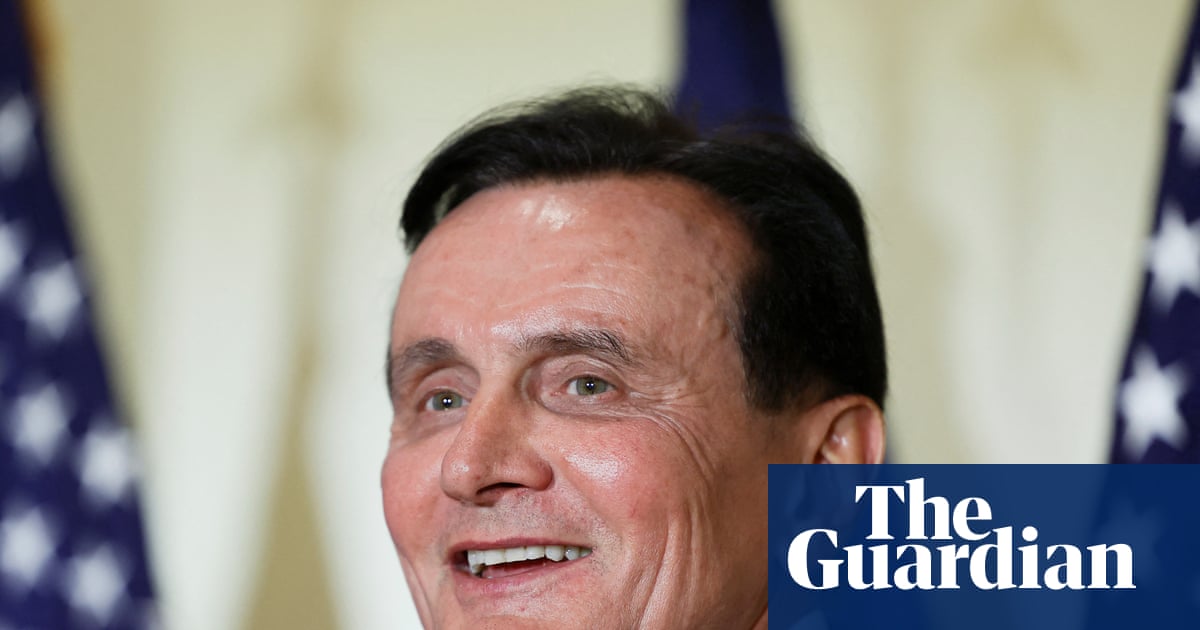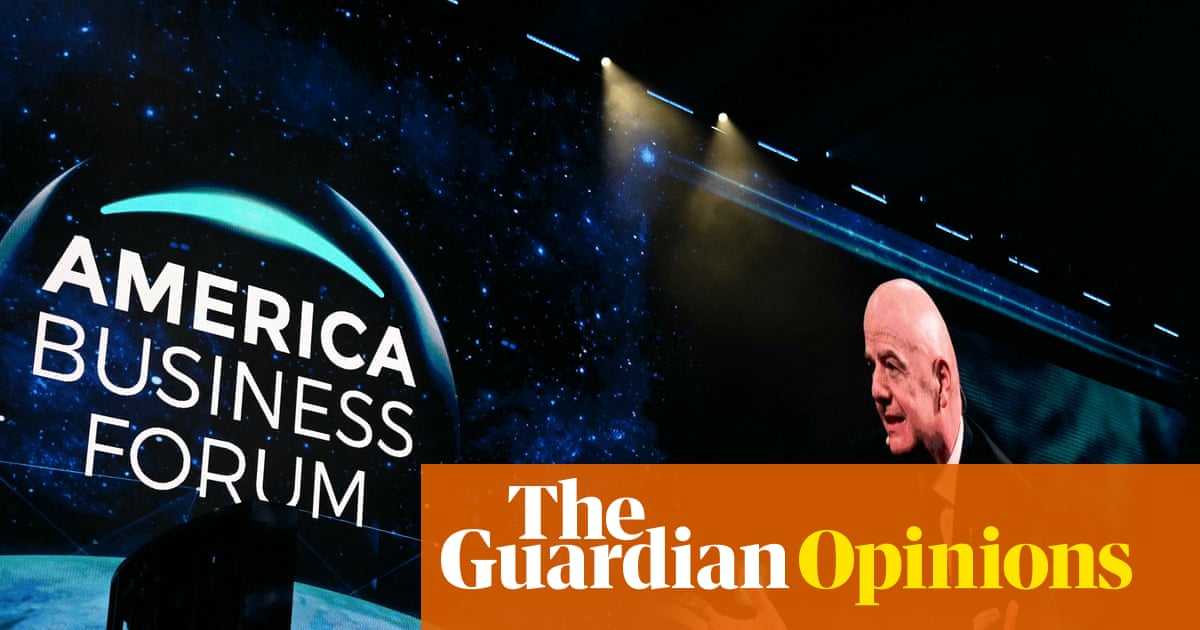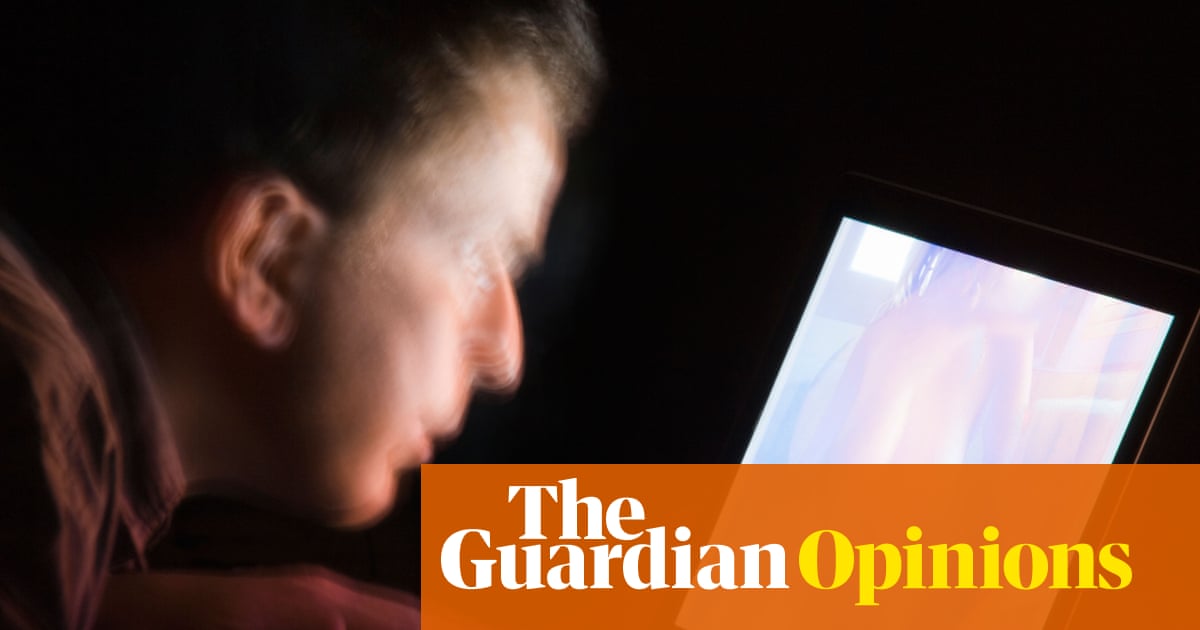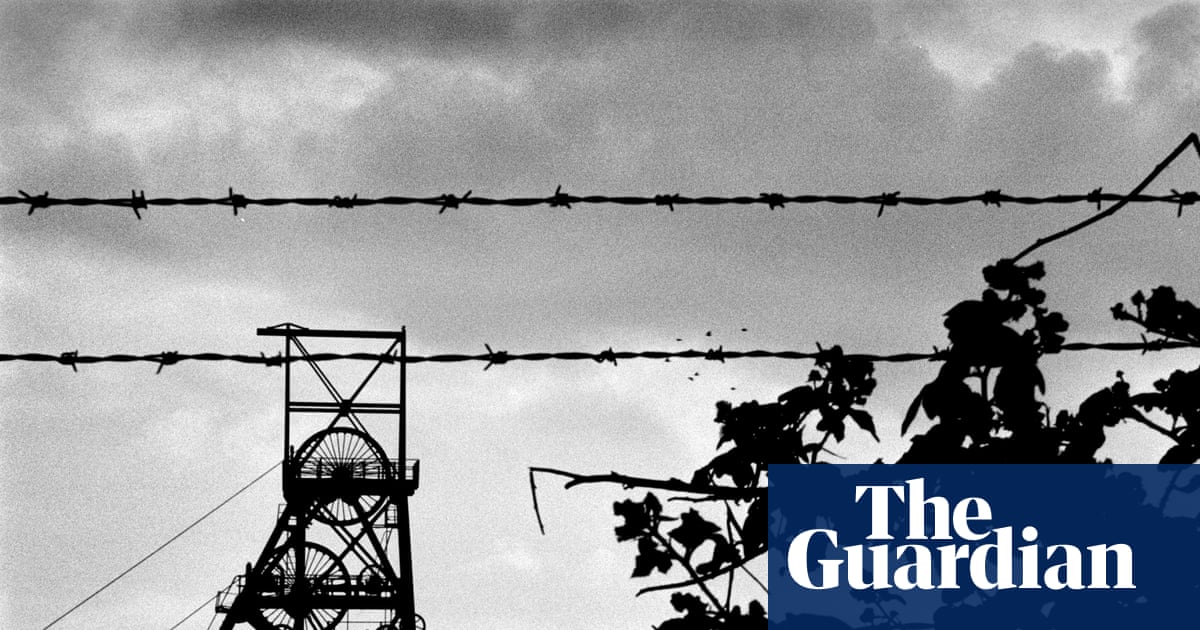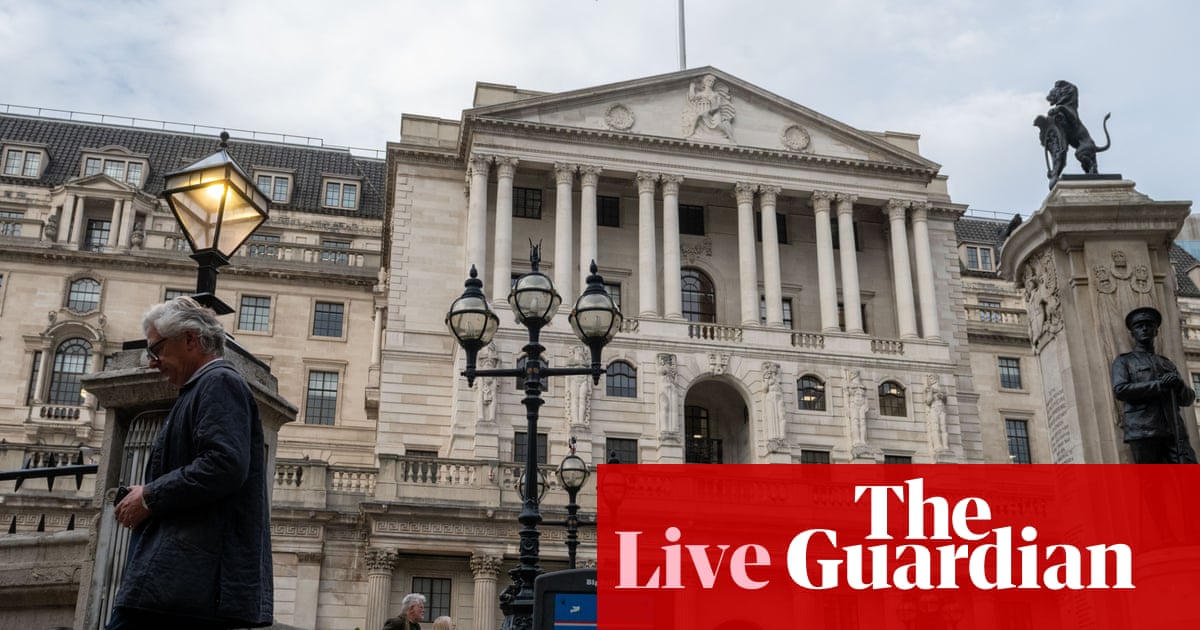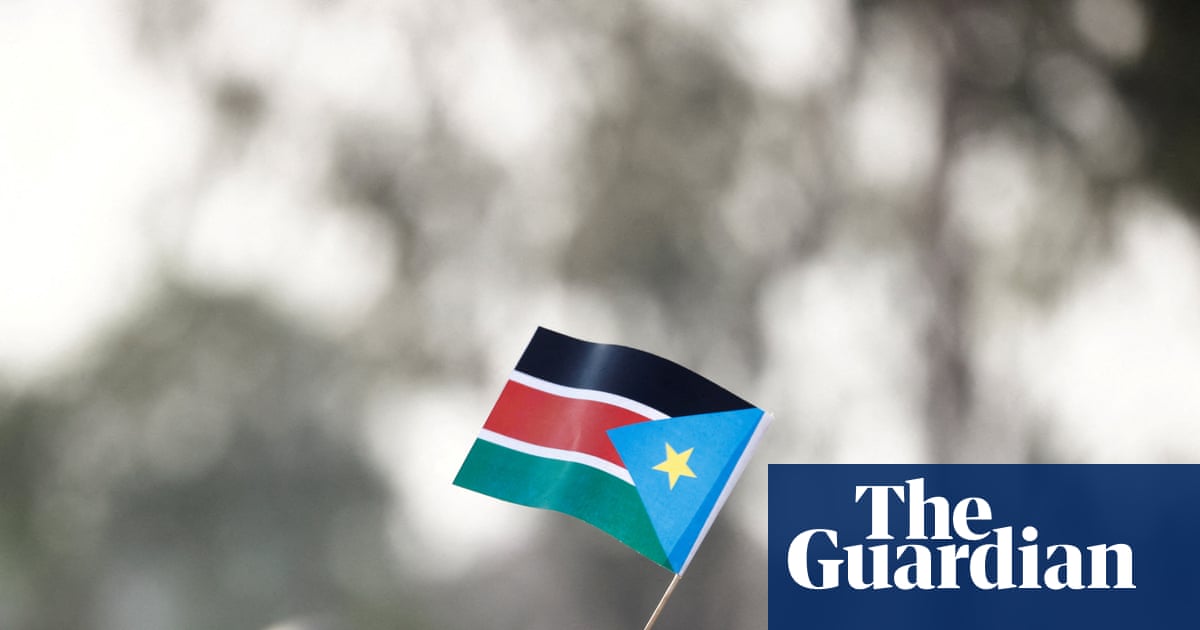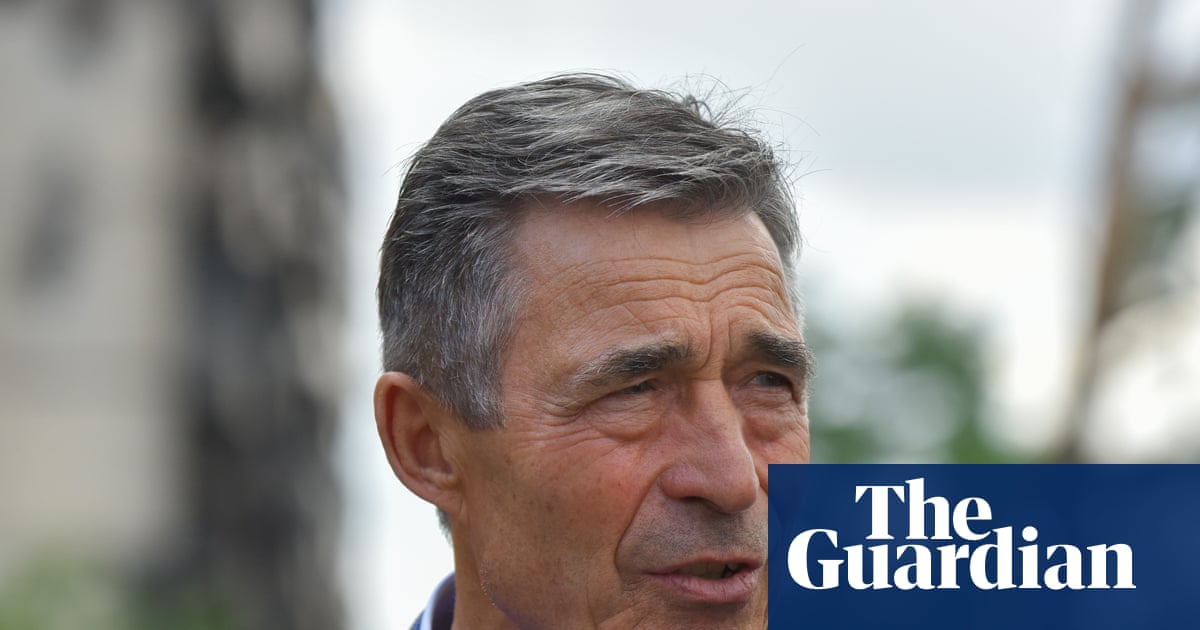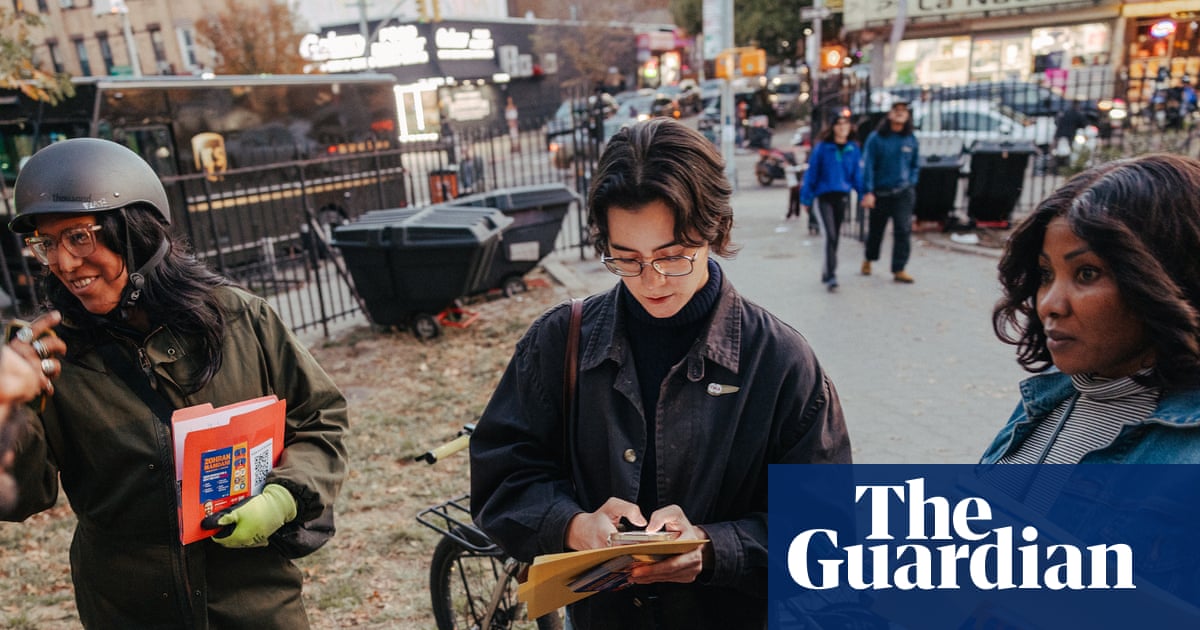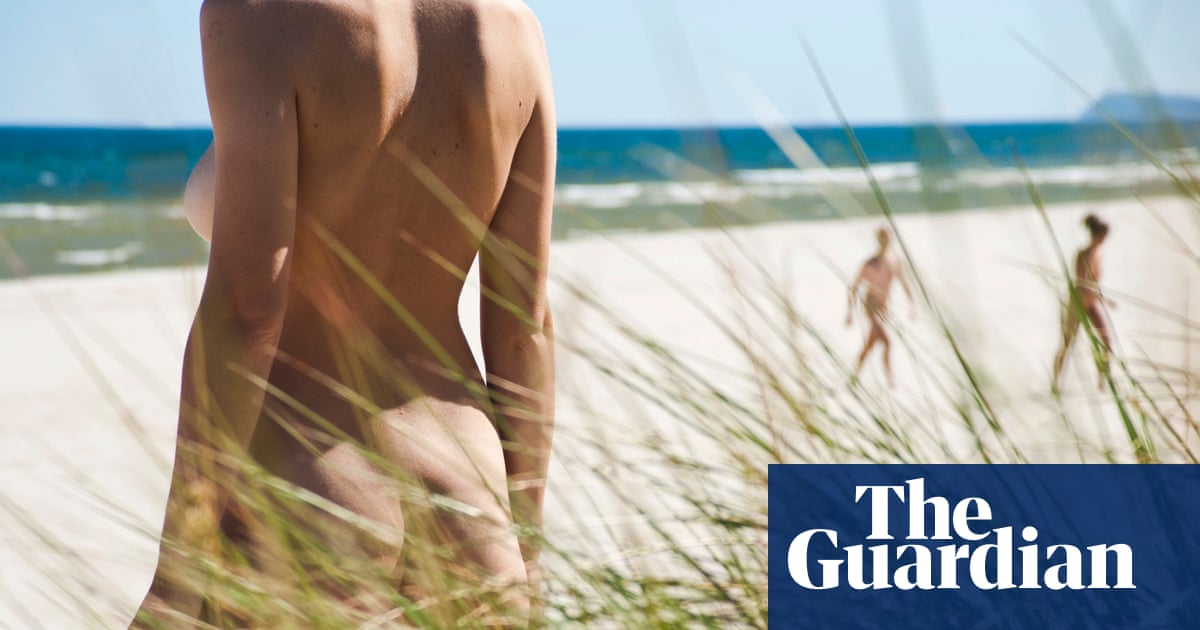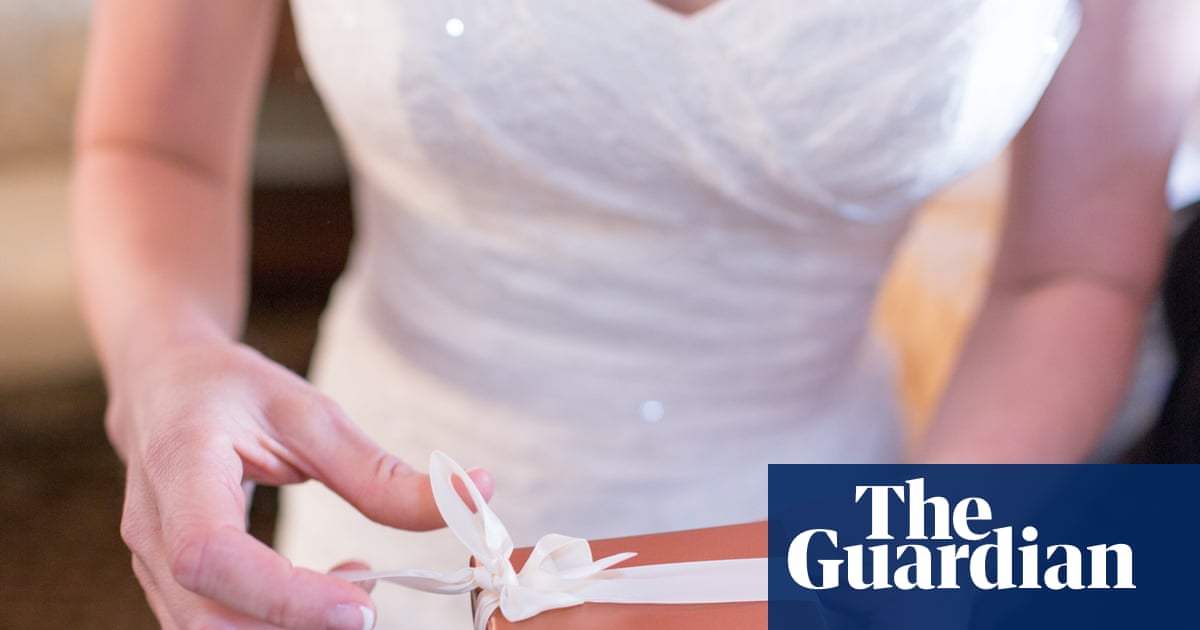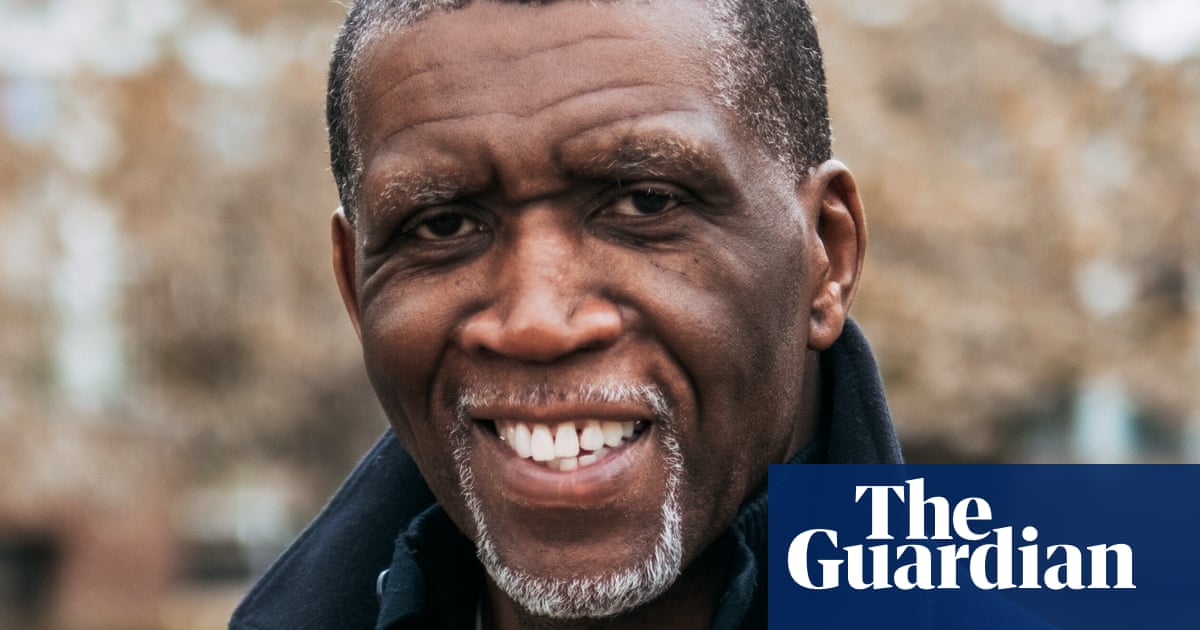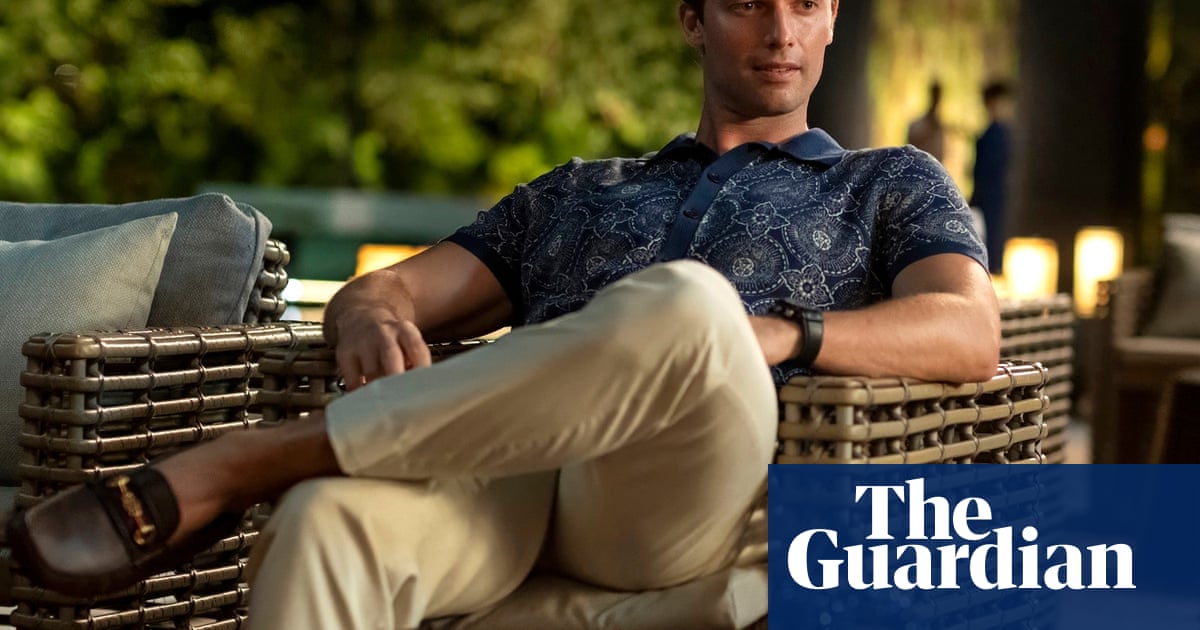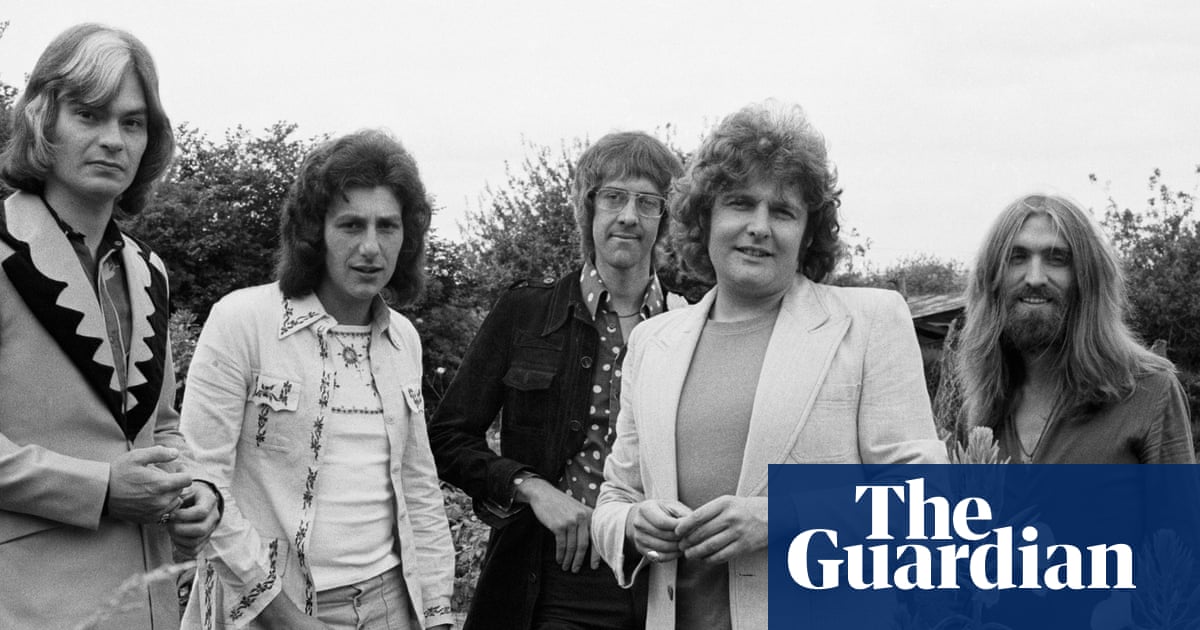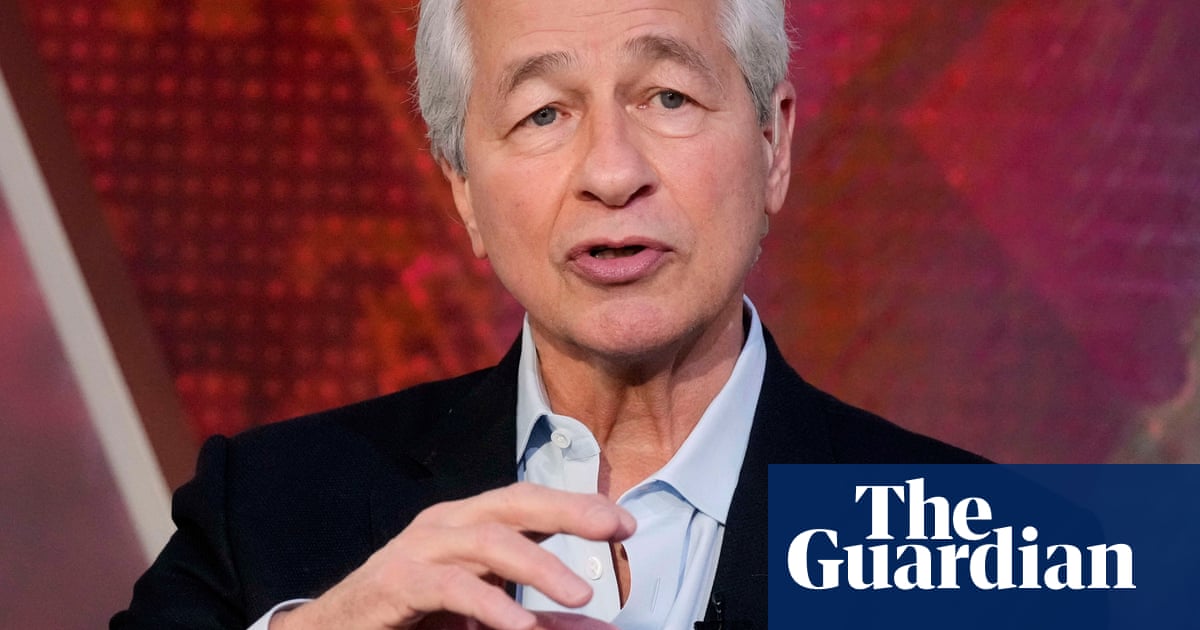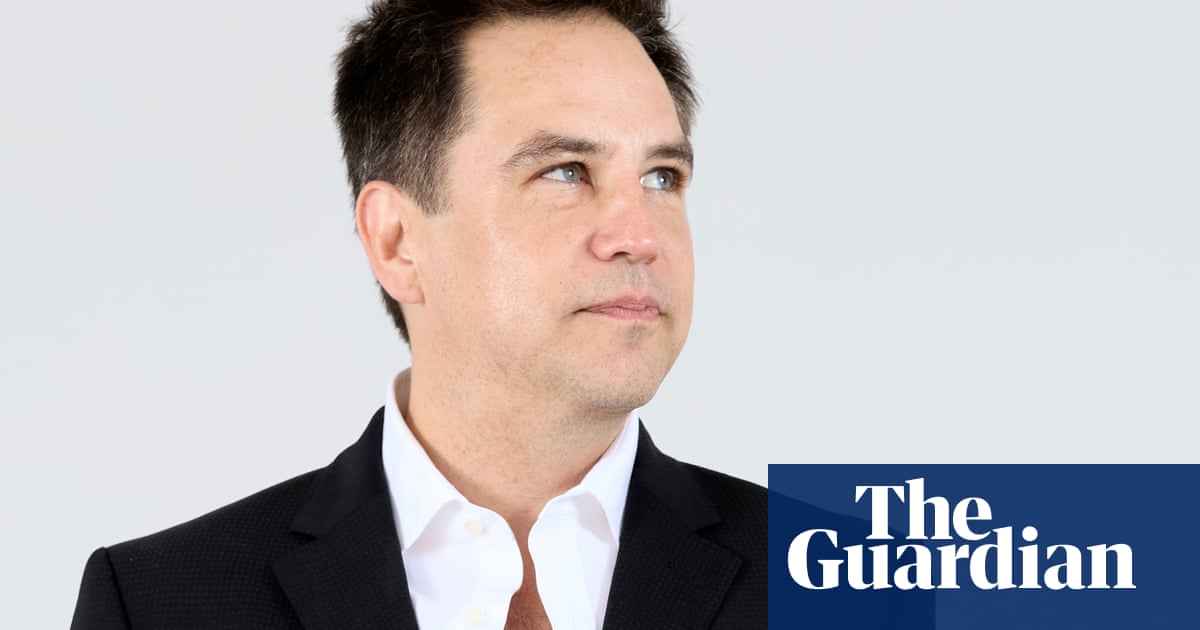For weeks, residents of Iyekogba in Benin City have seen a 15-metre-high tower rising up in the middle of their quiet, residential neighbourhood. On 8 November, the building, a domed bamboo pavilion, will finally be unveiled at the start of Nigeria’s inaugural Black Muse art festival.
Designed by the renowned Nigerian architect James Inedu-George, the pavilion is the centrepiece of the Black Muse sculpture park, a 3,500 sq metre landscaped site created to honour the city’s centuries-old artistic tradition and bring a new audience to contemporary art.
The park is the brainchild of the Nigerian-American artist Victor Ehikhamenor, who grew up in a nearby village, but regularly visited the city where his uncle was a well-known photographer. Ehikhamenor bought the land 15 years ago, with a dream of one day creating an artistic hub in the city.
“It is a personal investment in the present and future of art and cultural infrastructure in Nigeria,” says Ehikhamenor, who runs the non-profit arts organisation Angels & Muse and last year opened the nearby Black Muse Residency, an 11-room artists’ retreat.
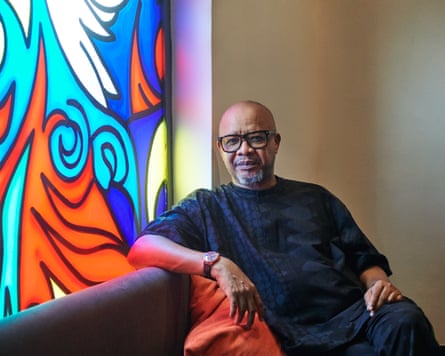
This is a busy month for Benin City. The park is a short drive from the Museum of West African Art (Mowaa), the state-of-the-art facility that is a constellation of buildings and outdoor performance spaces spread across a 6-hectare (15-acre) campus. It will open on 11 November, showcasing objects from across Nigeria and west Africa, as the Black Muse art festival draws to a close.
Inedu-George’s pavilion is modelled on an ancient bronze head, cylindrical in form with a round hole at the top. The structure also references Nigeria’s tradition of bamboo scaffolding, while the stained-glass window designed by Ehikhamenor is a nod to Christianity. Benin City is home to the 16th-century Holy Aruosa Cathedral, one of the oldest churches in the country.
The low walls surrounding the park are decorated with reliefs drawn by Ehikhamenor and carved by artisans from the Unesco-listed Osun-Osogbo sacred grove in Osun state.
He sees the project as part of a cultural continuum, from the ancient bronze sculptors of the Benin kingdom to Nigeria’s modern-day artists.
“I’m riding on the shoulders of elders like Demas Nwoko, Bruce Onobrakpeya and Uche Okeke – [Nigerian] artists who built artist-led, private institutions,” he says. “This, like theirs, is a lasting contribution to Nigeria’s art ecosystem, a place where we [artists] can co-create and experiment on a monumental scale and invite the public to encounter art in an open and natural environment.”
The indigenous plants that dot the site are environmentally and spiritually significant in a country where certain trees are considered sacred but rapid urbanisation is stripping cities of their greenery.
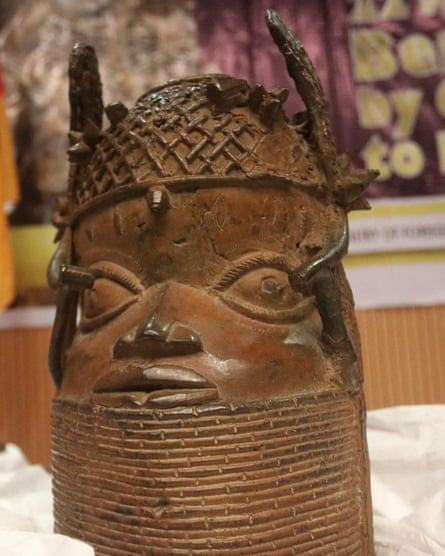
“I want people to know there is room for green spaces in cities – in the rush to build, we can have art and greenery,” says Ehikhamenor. The theme of the inaugural festival is Let the Forest Dance.
An exhibition curated by the Kenyan writer and film-maker Renée Akitelek Mboya features works by contemporary west African artists, such as the Nigerian sculptor Kelly Omodamwen, the Ghanaian-Moroccan Afro-surrealist David Alabo and the Nigerian mixed media artist Seidougha Linus Eyimiegha, as well as two graduates of the University of Benin.
Ehikhamenor says collaborating with the university is part of his vision to engage with the local community. The park will be free to visit and will offer tours and talks to local schools.
The festival will celebrate African art, literature, culture and community with performances, readings, bronze-casting workshops, film screenings and concerts. While the guest list includes established artists and cultural figures, it will be a public affair.
“The Black Muse art festival is a grassroots convergence open to the public, because we want people – families, students, artisans – to experience art not as something distant or elitist, but as part of daily life,” says Ehikhamenor.
“It’s an open invitation for anyone and everyone to see, feel and participate in the creative pulse of our time.”

.png) 3 hours ago
2
3 hours ago
2

